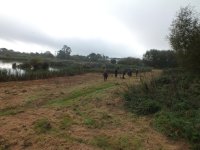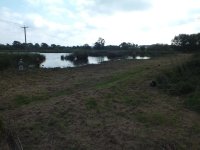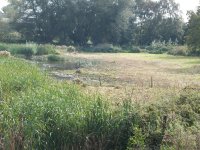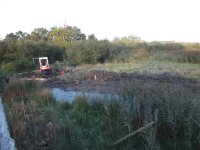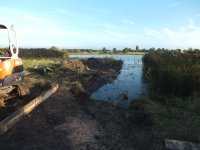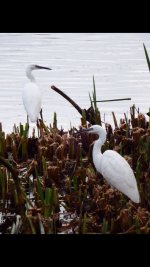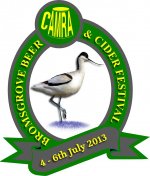A brilliant work party with a couple of newbies...well old newbies. more details later.
birding at the Moors:
Throughout the day meadow pipits were going over in small numbers. But most impressive was the number of water rail, cettis and grey wags.
Birded from the west hide, after the work party for an hour or so and moved on to the Flashes, before returning to the east hide from 5.30 till dark at 7.30.
MOORS :
GCG 5, little grebe 14, little egret 4, cormorant 15, Wigeon 11, shoveler 50, teal 20, pintail, pochard fem, tufted 18+, coot 220 min, water rail 12 min,
common sand , lapwing 40, snipe 12,
kingfisher 3, cettis w 4 at least , with 3 in the SW at one stage. blackcap, chiffchaff 2,
swallow late this evening. meadow pipit 25, grey wag 4, pied wag 45 (min) roosting in SW reeds,
FLASHES
Teal 130, shoveler 25+, coot 10, water rail 1 calling from 3rd Flash, green sand, snipe 6, curlew 20, lapwing 20, raven 2, starling 300,




